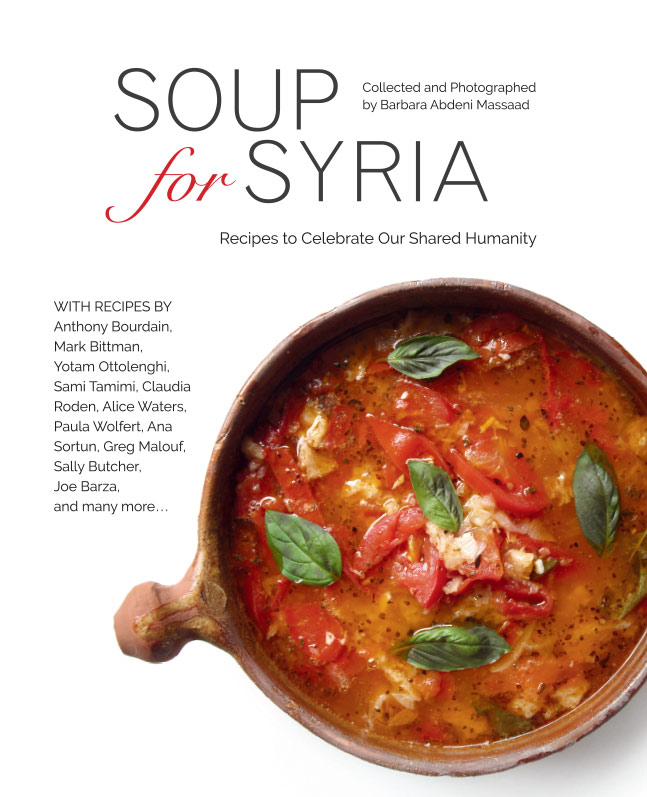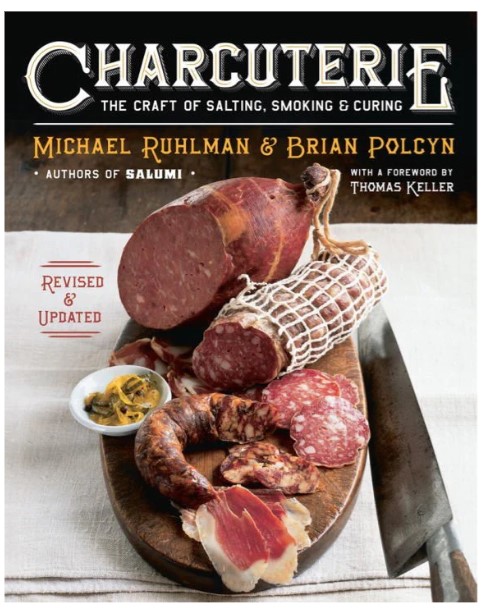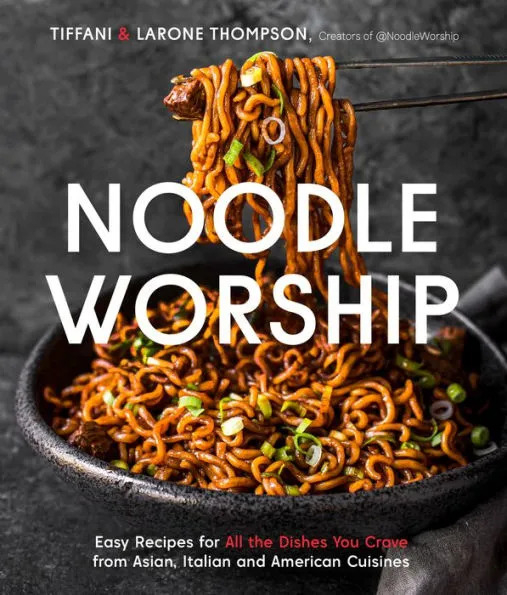Running With The Big Dogs
Reprinted by permission of the Patagonia Regional Times. Mary Tolena, author

“People want to hear from you!” was Patagonia Public Library Assistant Jade DeForest’s answer when author Phil Caputo asked why she was inviting him to speak at the library at the end of March. “It’s a stressful time. We want to hear from each other, and especially from people like you.”
Indeed, DeForest was correct: Cady Hall was full, with over 90 listeners eager to hear Caputo’s words and wisdom.
“I am gratified as well as amazed at how many people showed up,” Caputo said. “By the way, this is my favorite town in the whole world!”
That’s saying a lot, considering that Caputo has traveled to 58 countries throughout his long career as an international journalist and author. His 18 novels and non-fiction books include “The Longest Road: Overland in Search of America from Key West to the Arctic Ocean,” about an epic road trip that covered 17,000 miles in four months. In other words, the guy has been places!
Caputo grew up in the western suburbs of Chicago, and got his start in journalism in 1968 as a reporter for the Chicago Tribune, after a 16-month tour of duty in Vietnam. Four years later, he became a foreign correspondent for the Tribune, covering Rome, Moscow, the fall of Saigon, and the Lebanese civil war. He left journalism to focus on writing books in 1977 after being seriously injured in the Beirut conflict zone (see below).
When asked by an audience member, “How did you get to Patagonia?” Caputo credited his close friend and fellow author, the late Jim Harrison, whom Caputo knew from their bird hunting days in Michigan. Jim and his wife Linda had been wintering in Patagonia for several years and they invited Phil and his wife Leslie to visit in 1998. “The Town of Patagonia is unusual,” Harrison told them. “Not your typical Mayberry.”

Leslie and Phil found that to be true—and made an almost immediate decision to make Patagonia their winter home, too.
Harrison and Caputo remained close friends, sharing hunting trips and drinks at the Wagon Wheel until Harrison’s death in 2016. “Being friends with Jim was something of a job,” Caputo said. He recounted one of their adventures in his article “One Night in the Canyon” in the PRT shortly after Jim’s passing.
At the Library Author Talk, Caputo (now age 84) said, “in advancing age, one wonders if one’s life has added up to anything.” The talk encompassed his thoughts on that question, with reflections on three incidents in his career.
The first was about capturing his first scoop as a cub reporter for the Chicago Tribune. It involved overcoming his fear of heights to scramble the 200-foot-high fire escape and catwalks of the prestigious Palmer House Hotel to circumvent the police blockade of the hotel room where a murder had taken place. Caputo reached the window, saw the whole scene, and quickly wrote up the gory details for the paper’s next edition.
Determined to show that he could do whatever it took to get the story first, he knew he also had to fiercely protect his scoop. And so the poor competing journalist who had caught on to what Caputo had done found himself locked in the hotel’s phone room until after his paper’s deadline. “I had proved that I could run with the big dogs,” Caputo said.
A few years later, Caputo said, “I was a Big Dog” as a foreign correspondent in the Tribune’s Middle East bureau during the Lebanese civil war. In the conflict between Christians and the Palestine Liberation Organization, Caputo saw the “worst kind of fighting between people,” and developed a kind of “emotional flak jacket” to deal with the trauma happening around him.
Caputo’s second life reflection was about a particularly gruesome incident where a rocket landed nearby and killed 13 women who were standing in line to buy bread. At the time, Caputo had to compartmentalize their fates as “collateral damage” as he pursued news about the war’s power players and their strategies.
The third incident came four months later, when Caputo was assigned to cover a new phase of the war. To him and his fellow correspondents, it was basically a suicide mission into high-conflict territory.
Sure enough, they were stopped by Muslim militants. After a disagreement about their press cards, they were let go, but were followed by two gunmen. As they ran zigging and zagging, Caputo was hit by shrapnel, then by a bullet that shattered his ankle.
Luckily, Caputo had fallen in a Christian-held street, where he crawled into a building and miraculously found a vascular surgeon taking shelter there. He eventually reached a hospital in the middle of the war zone, where he was treated with no anesthesia. The pain was like nothing he’d ever felt before or since.
Eventually, he was evacuated back to his parents’ house in the same Chicago suburb he’d been so eager to leave as a young adult. During his rehab time, as he progressed from wheelchair, to crutches, to a cane, Caputo wrestled with the big question of Why? Why was I shot? Why did this happen to me?
He eventually realized that it was up to him to supply the answers, and in fact “Why?” was not the important question. “What was important was what I made of it,” Caputo said.
One thing he made of it was his first book, his best-selling Vietnam memoir, “Rumors of War.” He got the book contract and finished the manuscript in nine months while recovering.

Reflecting further on his traumatic incident, Caputo said that having to wrestle with loss, injury and anguish can call forth the best in us, too. He recalled the 13 women in the breadline, whom he had “callously dismissed as collateral damage.”
“I concluded that I had been wounded to know what suffering really meant,” Caputo said. “I had been meant to relearn compassion.”
Caputo is now working on another book, a collection of short stories called “Wandering Souls,” which will be published in late 2025 or early 2026. His other books are available at the Patagonia Library, and are described on his website, PhilipCaputo.com, along with his “Dispatches”of current political commentary.
Relive Phil’s talk on the Library’s YouTube channel.
New Club Finds Health in the Spices of Life
Reprinted by permission of the Patagonia Regional Times
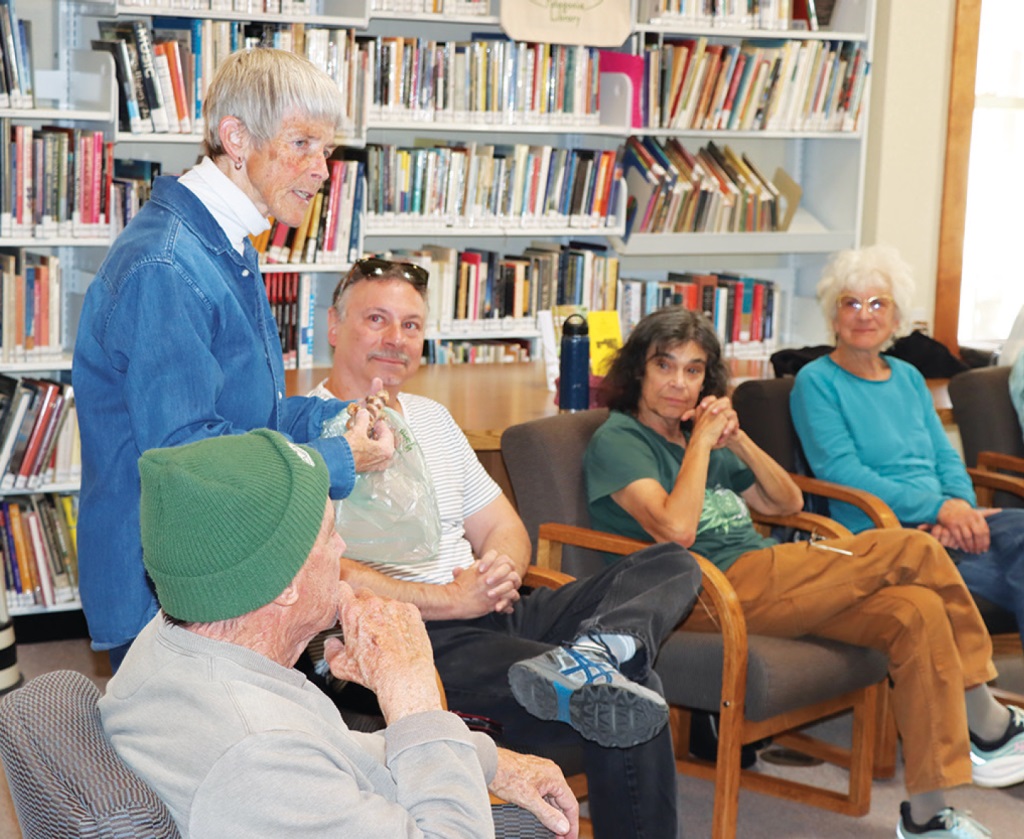
Fifty free turmeric samples.
That’s what Jade DeForest prepared in launching of The Spice Club, an herbalicious group recently formed through the Patagonia Public Library.
Turns out DeForest underestimated interest. Back into the kitchen she skedaddled to make 50 more sacks.
“I really did not expect the response,” DeForest said. A Sonoita resident and Patagonia Library employee, DeForest ran with a suggestion given to her by Summer Smith, former library administrator.
And—snap—the idea seems to have taken off with the community: Free spice samples given out monthly, with a meeting to share recipes and ideas (held at 2 p.m. on the third Friday of the month at the library).
That this was an easy suggestion for DeForest to embrace is a given. No stranger to the concept of “food as medicine,” DeForest served as an herbal pharmacist in Ojo Caliente, N.M. Now she’s delighting local residents with her expertise on a subject she is passionate about.
“All spices have medicinal qualities,” she said. Turmeric is a powerful example of that, as it is used in both Chinese and Indian systems as an anti-inflammatory and treatment for Irritable Bowel Syndrome, among other things.
But turmeric is just the start of this culinary and medicinal adventure. In March the focus will be ginger. After that, who knows—lobelia, used for asthma and depression; chaparral, assisting with arthritis and the common cold; white willow bark, which helps with pain and inflammation; and dill, assisting with flatulence and digestive disturbances.
“Our ancestors found medicinal uses for herbs as early as 3,000 BC,” said food writer Beth Dooley who co-authored the book Chile, Clove, and Cardamom with Patagonia scholar Gary Paul Nabhan. “Ginger, turmeric, garlic, juniper and elderberries were used as treatments for a number of conditions, brewed into teas for respiratory conditions, pounded into [poultices] for wounds, burns and sores.”
Ginger, the Spice Club’s focus in March, is a favorite of Dooley’s. “I’m a huge fan of ginger for its warming properties—brewing it into teas, adding it to stir fries, soups and stews. It, too, is known to contain potent anti-inflammatory properties, support digestion, balance blood sugar and support heart health.”
Now the million-dollar question: heath-wise, which is better—fresh or dried?
According to the website superfoodly, dried herbs have higher antioxidant concentrations than fresh. This is because fresh are largely water. Fresh herbs, too, need to be used promptly. As for dried, varieties should be stored in a dark cool location to maintain their flavor and potency.
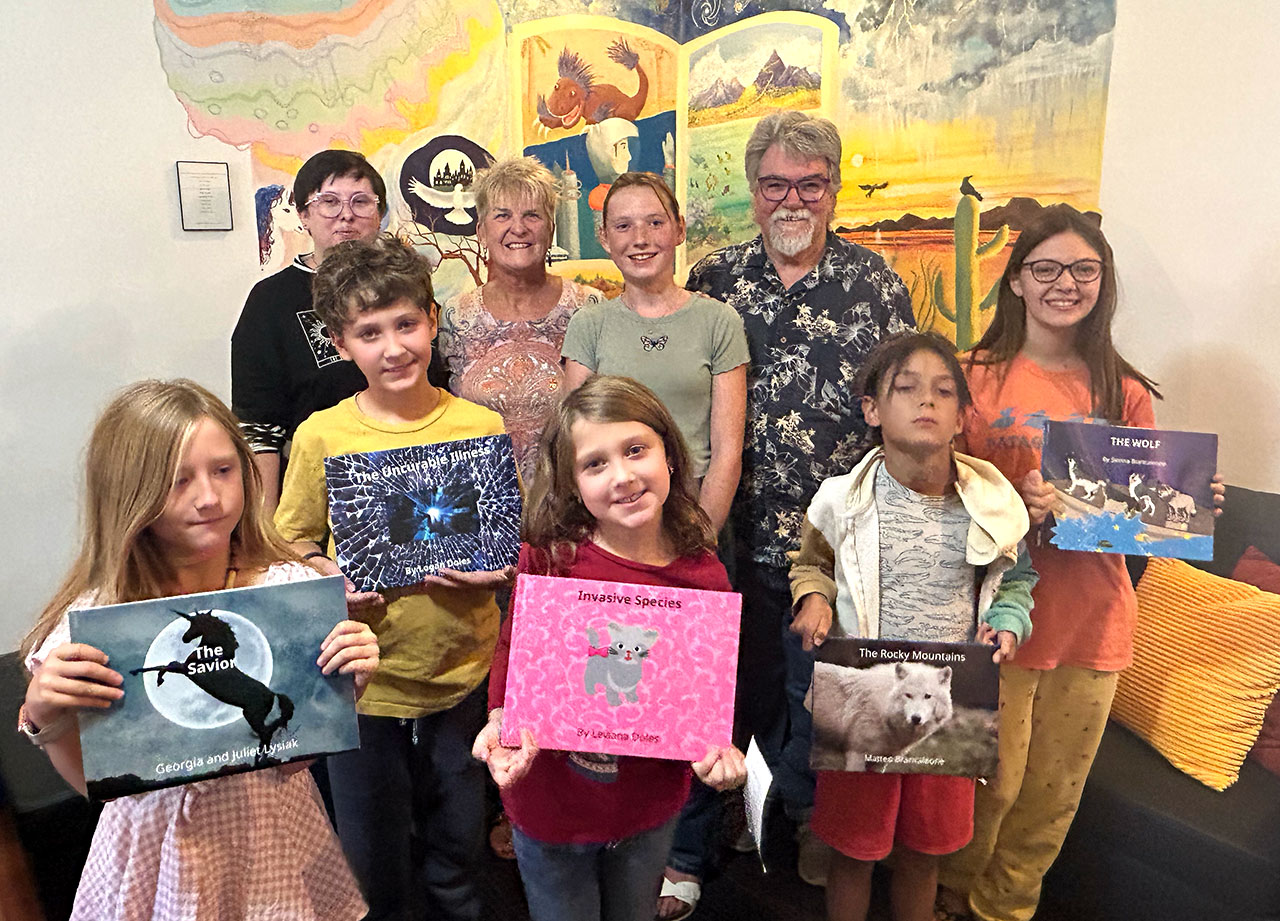

Hot off the Press…
There is nothing we love more than inviting local authors to read their creations to our patrons. During the recent opening of the revamped Teen Room, we were lucky enough to have four of the six recent graduates of the Universe Within STEAM World Building program join us to read excerpts from their novels. They entertained us with tales of superhero characters who solve major social or environmental problems in their worlds.
And the great news is all these books are now available for checkout at the Library!! You too can be inspired by the world the youth of our community envision.
Click here for more information about the fabulous Universe Within program, designed and offered at no charge by the Mat Bevel Company.

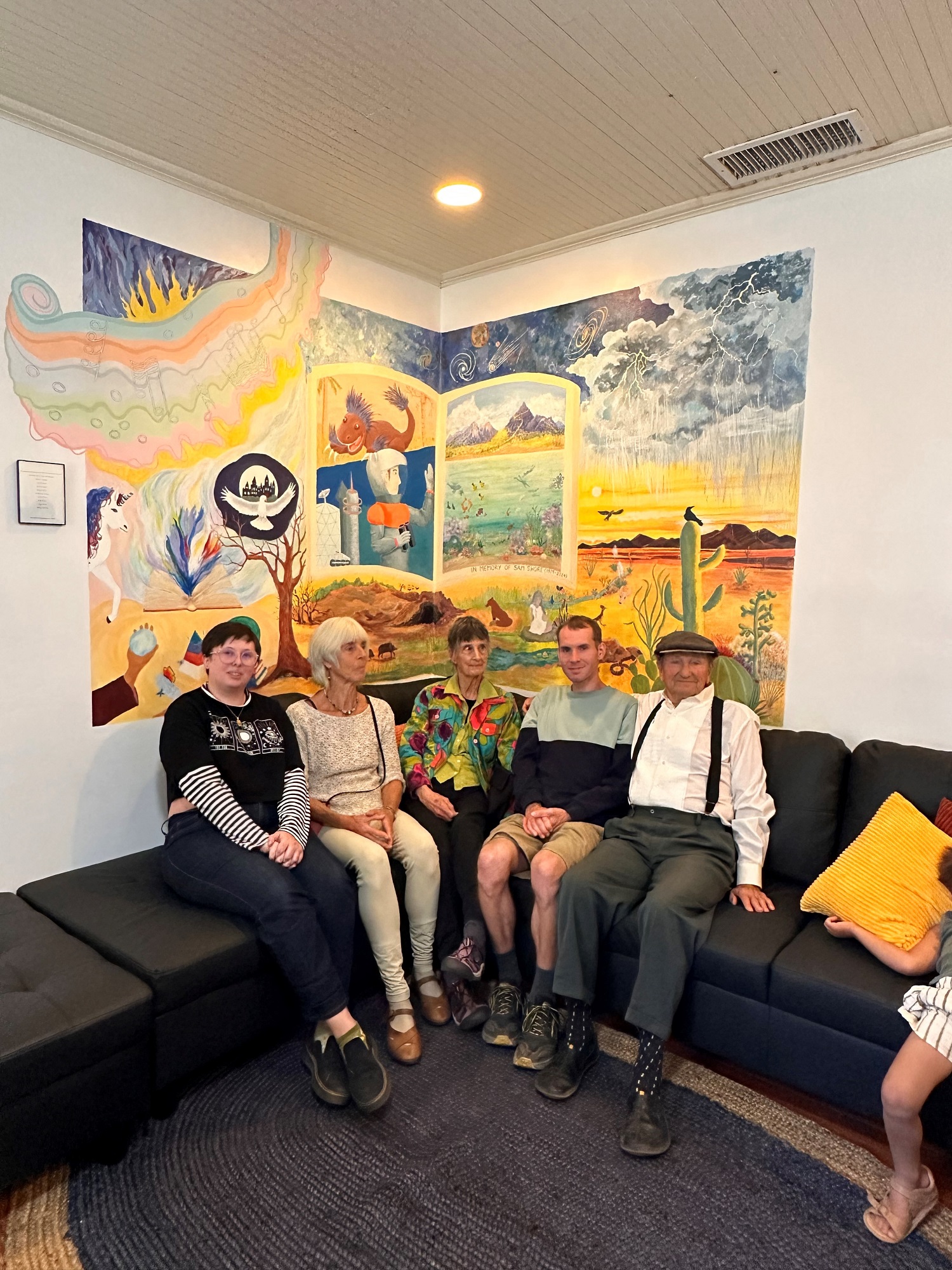
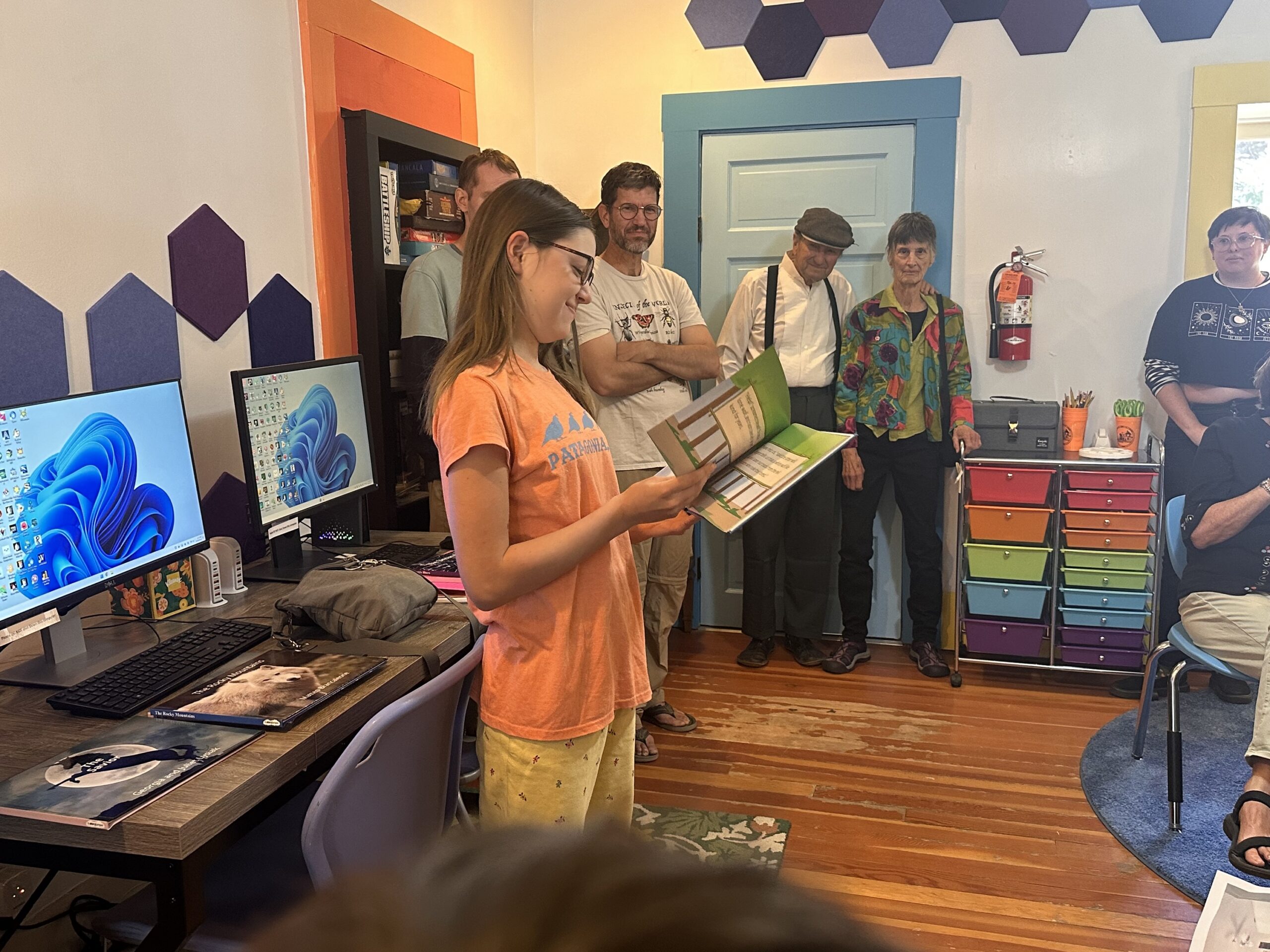
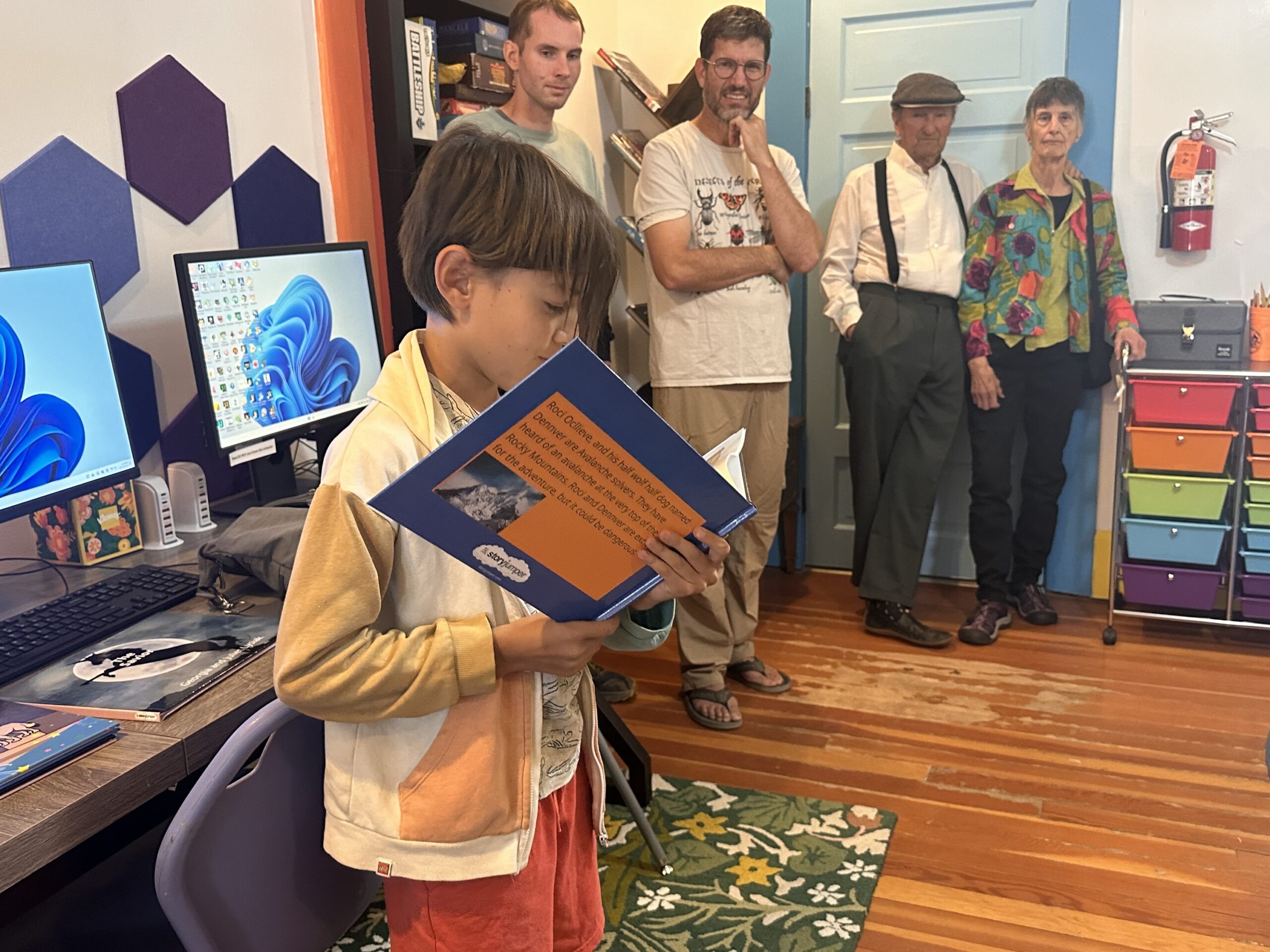
Grand Re-Opening of the Teen Room
The long-awaited grand opening of the revamped Teen Room was held on Saturday, October 19th and was attended by many who had a hand in creating this fun and comfortable space. The backstory is that former library director Kayla Miller had a desire to create a space for the youth of this community that would foster and encourage literacy in a comfortable and safe space. She noticed reading and reading comprehension was a struggle for some teens in town and wanted to be a part of helping them embrace literacy. Ms. Miller applied for a grant through the Library Services and Technology Act Fund and was awarded $10,000.00 in late 2023. Furniture, Laptops, games, books, art supplies, software, and an iPad were purchased to enhance this space.
When Linda Shore, chairman of the Library Advisory Board, heard of Ms. Miller’s teen room makeover she wanted to help. Kayla shared her vision of wanting to have a mural painted on the wall that added color and life to the room which led to Ryan, Linda and Tom Shore graciously donating the money to purchase the art supplies. Local artist Jacqui Treinen helped orchestrate this beautiful endeavor. Jacqui, along with 8 other artists brought the unique work of art to life. This mural, entitled “Books Open Up New Worlds” has been dedicated in loving memory of Sam Shore (1979-2024).
The library staff would like to thank all the artists who contributed to this masterpiece, Jacqui Treinen, David Krest, Gisa Kruegar, Kayla Miller, Benjamin Krzys, Andrew Botz, Thomas Botz, Lily Harsh and Sally Warren. We also send a big thank you to Kayla Miller for her vision and dedication to this project that will benefit the youth in our community.

The Seed Lending Library
Bring a few. Take a few.
No matter the season, the Semilloteca Seed Library is always open, and we are looking for seed donations to expand our offerings to our growers.
Bring some seeds to share and take some home to plant.
Author Talk by A. Thomas Cole
Reprinted by permission of the Patagonia Regional Times
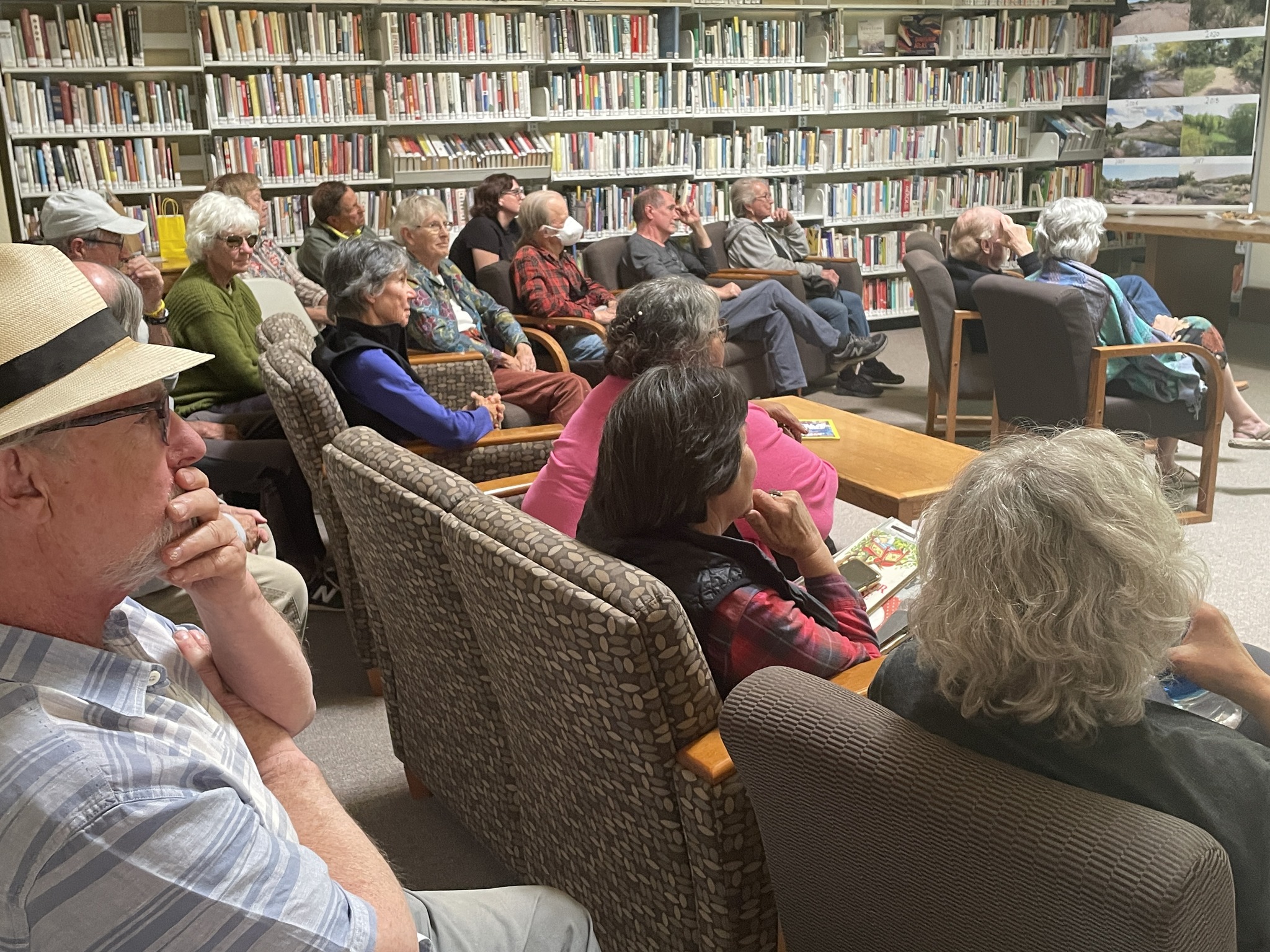
Today the 11,300 acres that make up the Pitchfork Ranch provide an important setting for carbon sequestration, wildlife habitats, and space for the reintroduction of endangered or threatened species.
Middle Schoolers Visit the Library
Reprinted by permission of the Patagonia Regional Times
Every so often, a group of middle schoolers and their teachers will come visit the library before our opening hours to have a full hour of undivided attention and assistance from the library staff.
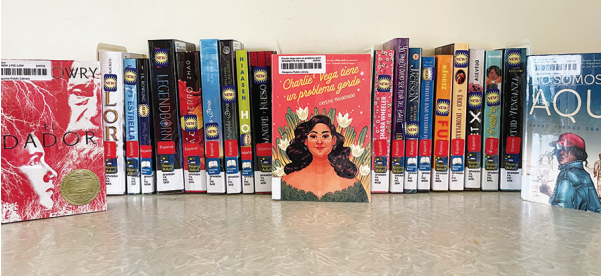
As hectic as these mornings can be, I love having the chance to get to know the kids, understand what they’re looking for, and showing them that the library is here to help however we can.
During their visit in March, the kids pointed out something lacking at our library – books in Spanish! At least a third of them came into the library looking for Spanish books and found a meager handful. Desperate to fulfil their reading needs before their next visit, the library has added around two dozen Spanish chapter and YA books.
I highly encourage everyone, regardless of their fluency level, to try one of these books! Not only are YA/chapter books fun to read, reading in multiple languages is a great workout for your brain. Whether you are a fully fluent, native speaker looking to enjoy a good story, a beginner looking for something simpler to read, or someone just honing their Spanish skills, this new collection of books will have something for you.
The Graphic Novel Genre
Reprinted by permission of the Patagonia Regional Times
Graphic novels, manga, comic books, and the like continue to be an incredibly misunderstood genre. One of the complaints I hear most often from parents is that their kids keep reading comic books instead of “real books.”
Well, I have great news for all frustrated parents out there: comic books are great for your children’s reading comprehension! A 2014 study published in The International Electronic Journal of Elementary Education found that in addition to student enjoyment, “the use of graphic novels also improved student comprehension and deeper understanding of reading material.”
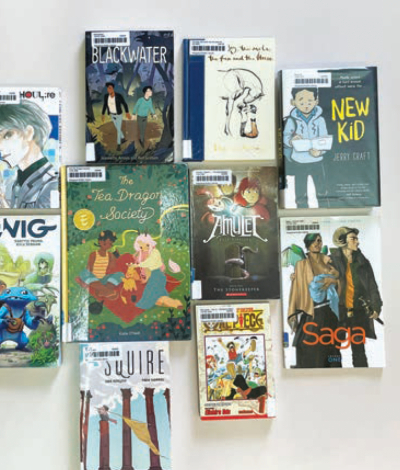
Comic books can also introduce complex issues. “Squire” by Nadia Shammas, for example, covers topics such as racism and discrimination in a story that is easy for kids to understand and learn from.
For those who are not familiar with graphic novels, let me tell you, they are really fun to read! The use of illustrations and other art forms can create a beautifully immersive reading experience for all ages, not just for children. “The Boy, the Mole, the Fox, and the Horse” by Charlie Mackesy, is a graphic novel that explores anxiety and societal expectations that many adults feel. “Maus: My Father Bleeds History” by Art Spiegelman, tells the story of one man’s experiences in a Holocaust concentration camp, and how his trauma ended up affecting his children as well.
Give graphic novels a chance… and let your kids read them too!
Foodies are Always Welcome
Reprinted by permission of the Patagonia Regional Times
As the year comes to an end and the winter approaches, everyone has just one thing on their mind: good food. No? Just me? For anyone who shares the same love of food, the Patagonia Library has great book options for you.
